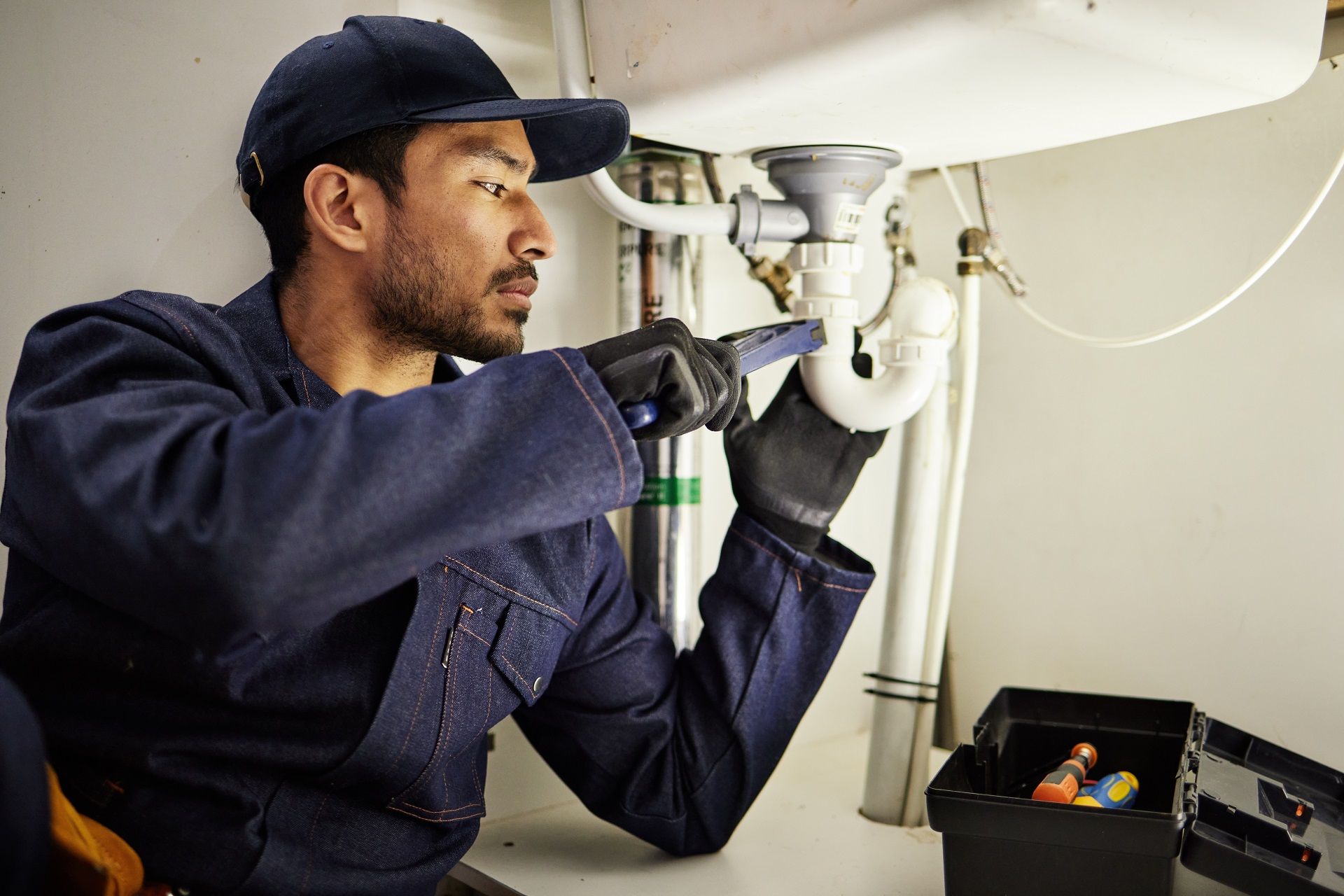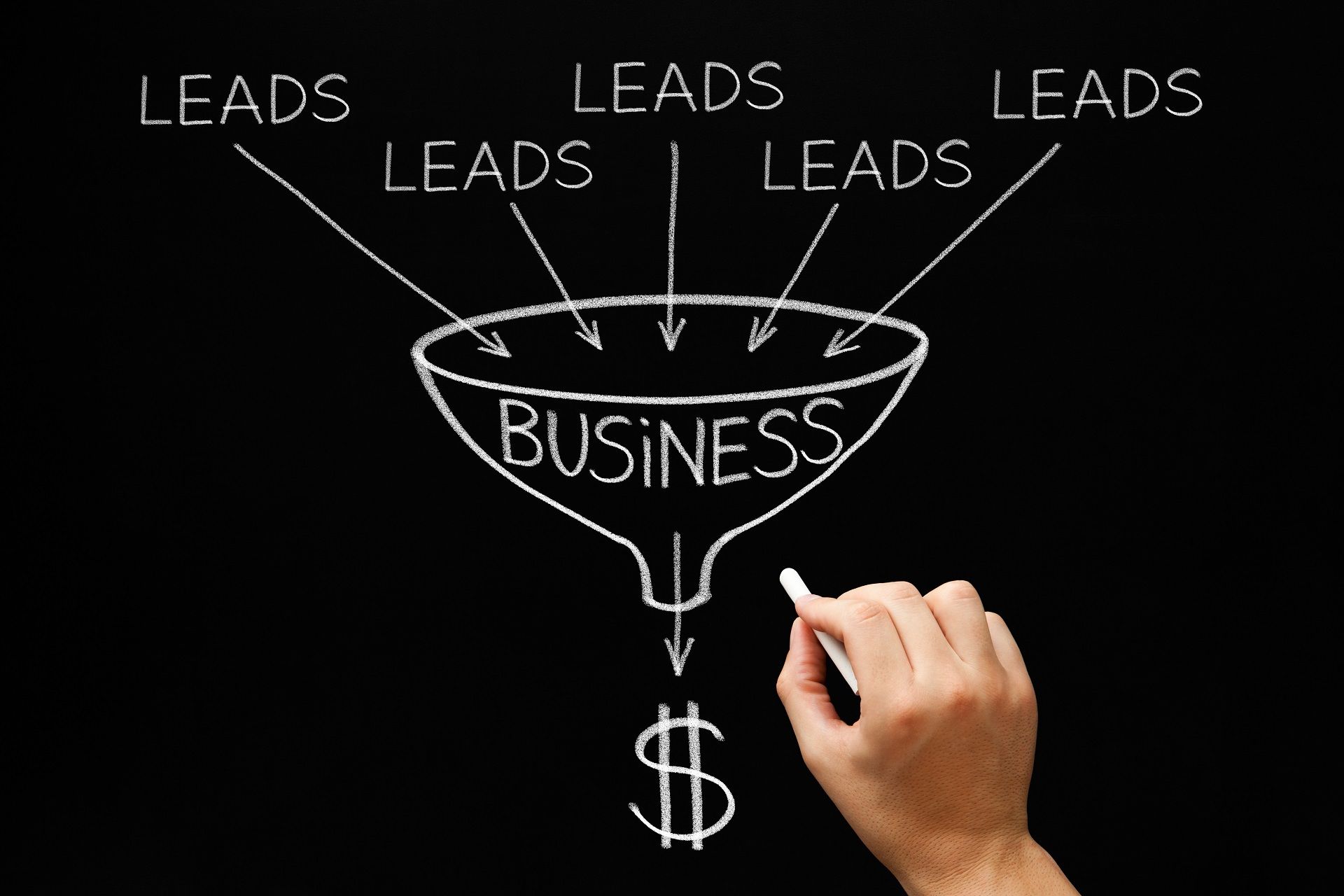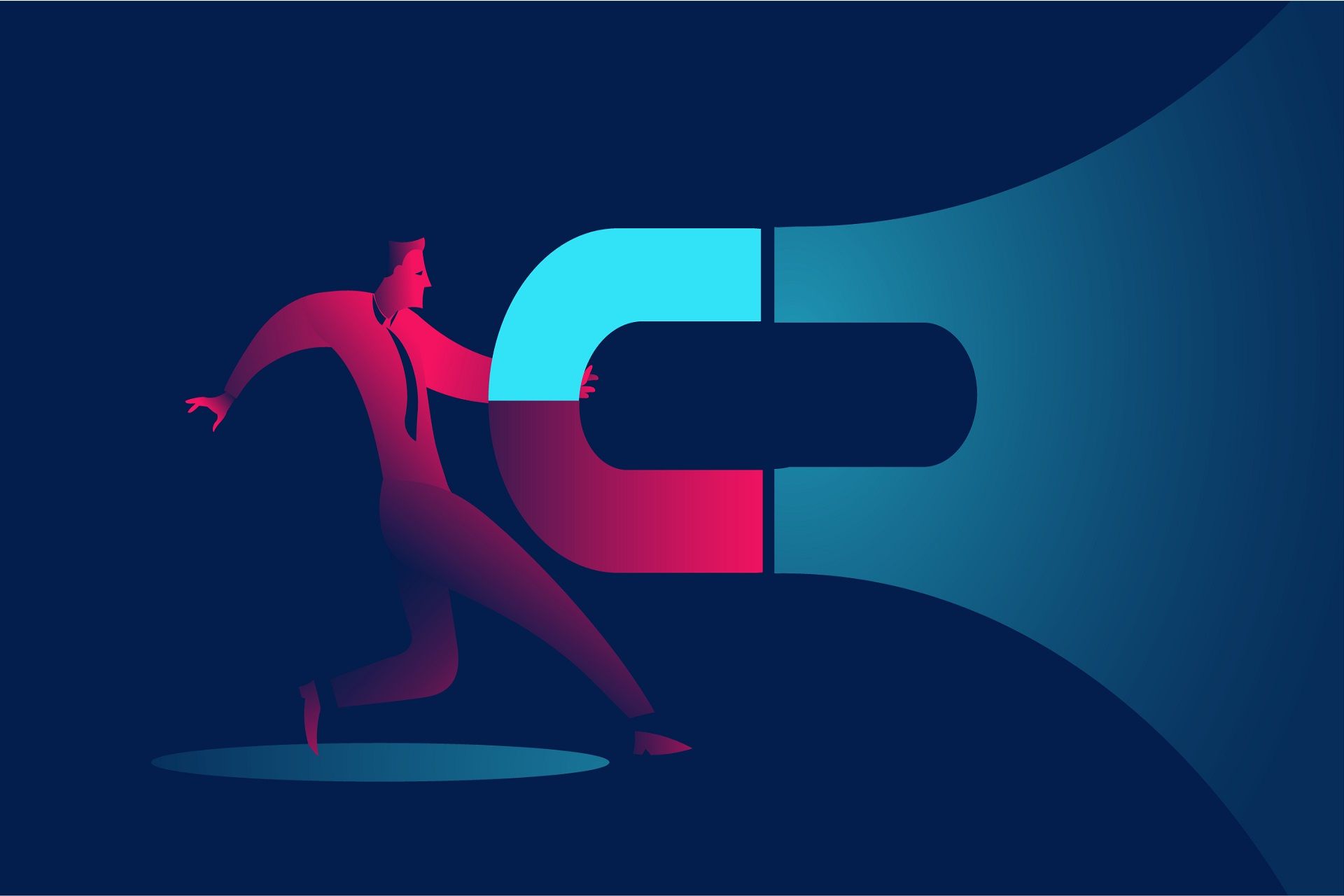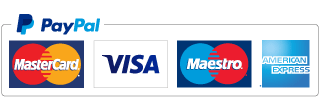6 B2B Sales Funnel Stages
If you are building a sales funnel for B2B clients that offer your product or service, this guide will be your blueprint. You will learn the six B2B sales funnel stages to acquire the customers or clients you want. It will give you an understanding of what each part does and why it can be most effective for your business.
In this example, we’ll be taking a look at the way a SaaS company acquires sales. The stages will map out based on a B2B SaaS sales funnel. Let’s jump right in and get started.
1. Awareness
A B2B SaaS sales funnel (and perhaps any other variation) will begin at the awareness stage. This is where potential clients might not have a problem that your product or service could solve for them. Here, this is where you can create top of funnel (TOFU) content.
This comes in the form of written SEO content, videos on YouTube, or even social media posts. Targeted advertising also falls under the purview of this stage. Here, you want to provide valuable and educational insights related to the pain points your prospective customers may be dealing with. Doing so will place you in the position as an authority in your industry.
2. Interest
Here, prospects now know about your solution. The next part is to generate enough of it to a point where they want to learn more about it. Here, you can demonstrate how the product or service can work for them. You can offer it in so many different ways including case studies featuring past customers, webinars, even free trials that will allow them to try it out for themselves.
With enough interest, you can segment your leads into those who may be interested. Thus, the marketing message will be a little different compared to the awareness stage.
3. Evaluation
At this point, your prospects are considering whether or not your product or service is best fit for their needs. So it may be a good idea here to address any concerns or objectives that they may have. You can also discuss with them advantages they’ll have compared to competitors who offer similar products or services.
Highlighting these advantages could sway them over to you. It’s important to make sure you build enough trust for them to decide that your solution is a worthy investment. Talk about the long-term results that it could generate for them.
For example, let’s say your Saas focuses on businesses who want to simplify their appointment settings. Sell them the benefit of peace of mind knowing that managing appointments for their own clients won’t have to be any more complicated than it used to be.
4. Purchase
Of course, this is the stage that we want as many of our leads to be at. The prospect will decide whether or not they want to be paying customers for the long-term. Here, you want to make the process as seamless as possible. Meanwhile, it is important to be transparent when it comes to the pricing, terms, and conditions.
You can also offer discounts or incentives that will make it easier for prospects to become paying customers. For instance, let’s say your solution offers an annual payment plan. As an incentive for purchasing, you can offer them the first one or two months for free - allowing them the opportunity to save money.
5. Implementation
Now the prospect is now a buyer. Once that transition is complete, the SaaS solution will be deployed within the organization. Here, it will be integrated with other systems and workflows being used within the business with little to no interruption. Also, this stage will feature onboarding and training for those who will be using the software on a regular basis.
During this stage, it’s essential to give the customers the opportunity for any feedback. This will be helpful in allowing you to make any improvements to the product (if needed). It takes customer experience to receive the best feedback possible. Do not forget to ask them questions pertaining to what they like about the solution and what areas could use improvement.
6. Adoption
Here, this is where your end users will be able to utilize the solution on a regular basis. Meanwhile, you’ll be able to get a look at the statistics that will document usage, who the “power users” are, and more. At this stage, the statistics may be crucial regarding how often the software solution may be used. When the time comes to renew your subscription (assuming you are paying it monthly or annually), you could consider upgrading or downgrading the level you’re at.
What do we mean by “levels”? Take a look at the different packages offered by SaaS companies. You have the lowest level (i.e - individual). Then you have other options like business and enterprise levels.
The differences of how these packages are offered may include or not be limited to the key features it can offer. For example, the lowest level package will be good for one user while the higher level packages will be good for up to a number of users. The business package could be a fit for up to five users while the enterprise level can be for unlimited numbers.
Also, getting feedback from end users about the software can also help with improvement. It will also help you decide whether or not a renewal will be the best option going forward.
LeadArm is Your Tool for B2B Sales Funnels
LeadArm is the kind of tool to have in your back pocket for your B2B solution. You can be able to keep track of every stage of the sales process. Whether it’s lead generation or converting them into paying customers, you’ll have the data right at your fingertips. Imagine having all the analytics that help you determine what’s going well with your sales funnel and where the bottlenecks might be.
If you want an effective tool that will give you the details in real time, check out LeadArm. Visit our site or contact us today for more information on how it can help your business.
Disclaimer: The information on this website and blog is for general informational purposes only and is not professional advice. We make no guarantees of accuracy or completeness. We disclaim all liability for errors, omissions, or reliance on this content. Always consult a qualified professional for specific guidance.
Recent Posts
Quick Links
All Rights Reserved.
Website Designed & Managed by Oamii.







